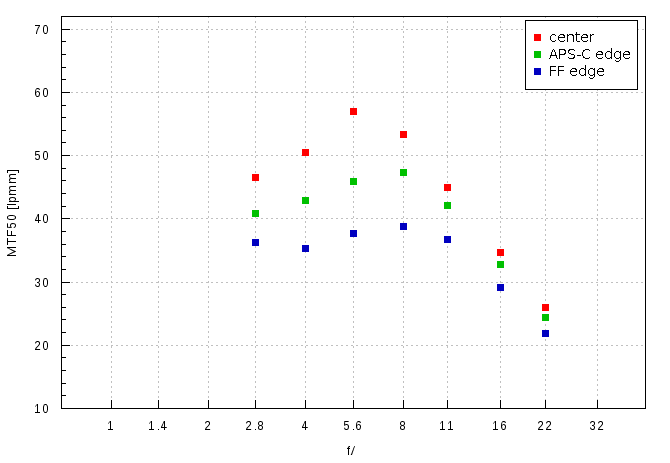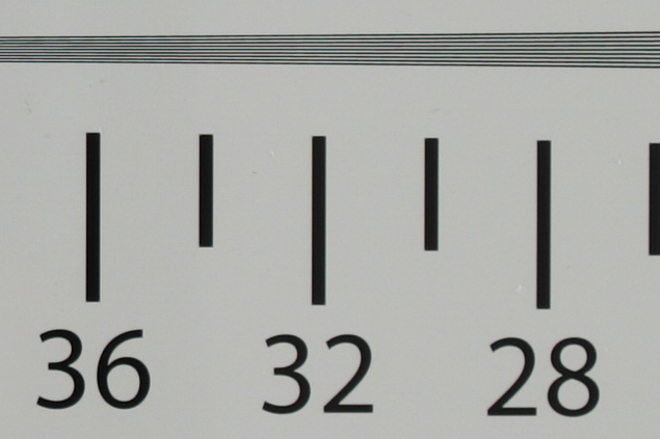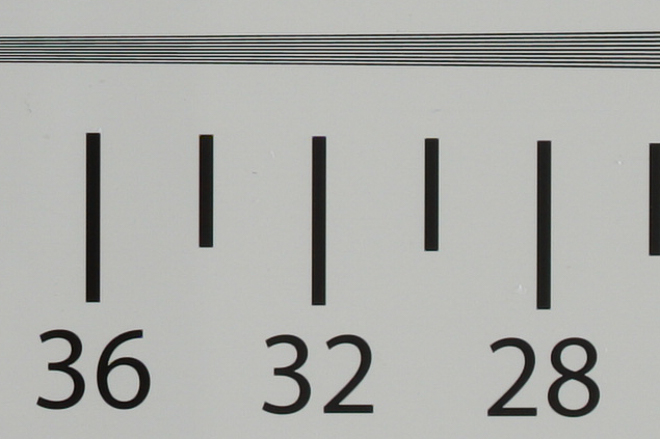Carl Zeiss Batis 18 mm f/2.8
4. Image resolution
Let’s see how the tested lens compares – its performance in the frame centre, on the edge of the APS-C and full frame sensor presents a graph below.

Please Support UsIf you enjoy our reviews and articles, and you want us to continue our work please, support our website by donating through PayPal. The funds are going to be used for paying our editorial team, renting servers, and equipping our testing studio; only that way we will be able to continue providing you interesting content for free. |
- - - - - - - - - - - - - - - - - - - - - - - - - - - - - - - - - - - - - - - - - - - - - - - -
On the one hand you should expect very high values because, after all, you deal here with an expensive, fixed focal length lens produced by a very renowned company. On the other hand you must remember that its aperture fastness amounts to f/2.8. As resolution records are usually achieved near f/4.0 you shouldn’t expect the tested Batis to perform so well. This lens by f/4.0 is stopped down by just 1 EV so its images still might be influenced by different optical aberrations in a significant way.
The frame centre graph reminds you of a rule, which is true more often than not, that, in order to get the best image quality you should stop the lens down by two f-stops. The lens reaches its resolution maximum at exactly that point, getting to 57 lpmm. It is a good result but not even close to resolution records. At the maximum relative aperture the MTFs reach 46 lpmm so are well above the decency level. In a case of a wide-angle lens such values are virtually no reason to complain.
The resolution on the edge of the APS-C sensor is also very good. You get useful images even at the maximum relative aperture because the MTFs exceed slightly 40 lpmm. On stopping down the aperture image quality increases as well and by f/8 it reaches 47 lpmm. The lens still should be only praised.
The edge of full frame is no longer that good and here our feelings are mixed. The image quality is less than decent practically at every tested aperture. That situation might be explained by a high number of off-axis aberrations and a small distance dividing the rear element and the huge sensor.
To sum up the performance of the lens is good, you can say barely good. If only it fared better on the edge of the full frame we would be far happier.
At the end of this chapter, traditionally we present crops taken from photos of our resolution testing chart. These were taken from JPEG files saved along RAW files used for the analysis above.
| f/2.8 |
 |
| f/5.6 |
 |






